Yml Settings
🧗♀️ sidebar.yml
Introduction
The sidebar.yml file is responsible for setting up the sidebar navigation items, what I mean by that is, the navigation buttons on the sidebar is loaded by loading at the items array of sidebar.yml file.
Here is an example of the sidebar.yml file:
Components
[Component Key]
This is the name you want to set your sidebar component to be, this name will be the name used on the sidebar.list item in the layout.yml file.
Style
This is the style of the sidebar component, currently we have three styles to choose from:
- default is a simple sidebar where for each item, the icon is displayed on top of the title and the buttons are in a square shape.
- minimal is a very simple sidebar where for each item, it only shows the icon, and when you hover over the item it displays the title in a tooltip element.
- detailed is a bigger sidebar where for each item, it displays the icon and title in a horizontal display.
Position
This is the position of your sidebar component, which can be either left or right.
ContainerClass
This is responsible for adding extra tailwindcss classes to the container element of the sidebar component.
ListClass
This is responsible for adding extra tailwindcss classes to the list element of the sidebar component.
ActiveBgClass
This is responsible for adding extra tailwindcss classes to the background of the active element of the sidebar component.
ActiveTextClass
This is responsible for adding extra tailwindcss classes to the text of the active element of the sidebar component.
ActiveIconClass
This is responsible for adding extra tailwindcss classes to the icon of the active element of the sidebar component.
BgClass
This is responsible for adding extra tailwindcss classes to the background of the all the items of the sidebar component.
TextClass
This is responsible for adding extra tailwindcss classes to the text of the all the items of the sidebar component.
IconClass
This is responsible for adding extra tailwindcss classes to the icon of the all the items of the sidebar component.
FloatingBtnClass
This is responsible for adding extra tailwindcss classes to the floating button element the sidebar component.
FloatingBtnIcon
This is responsible for displaying the icon on the floating button. The objects schema is like this:
subSidebarClass
This is responsible for adding extra tailwindcss classes to the sub sidebar element the sidebar component.
Items
This is responsible for displaying all the items of the sidebar navigation element, it is an array of objects. and the objects schema is like this:
